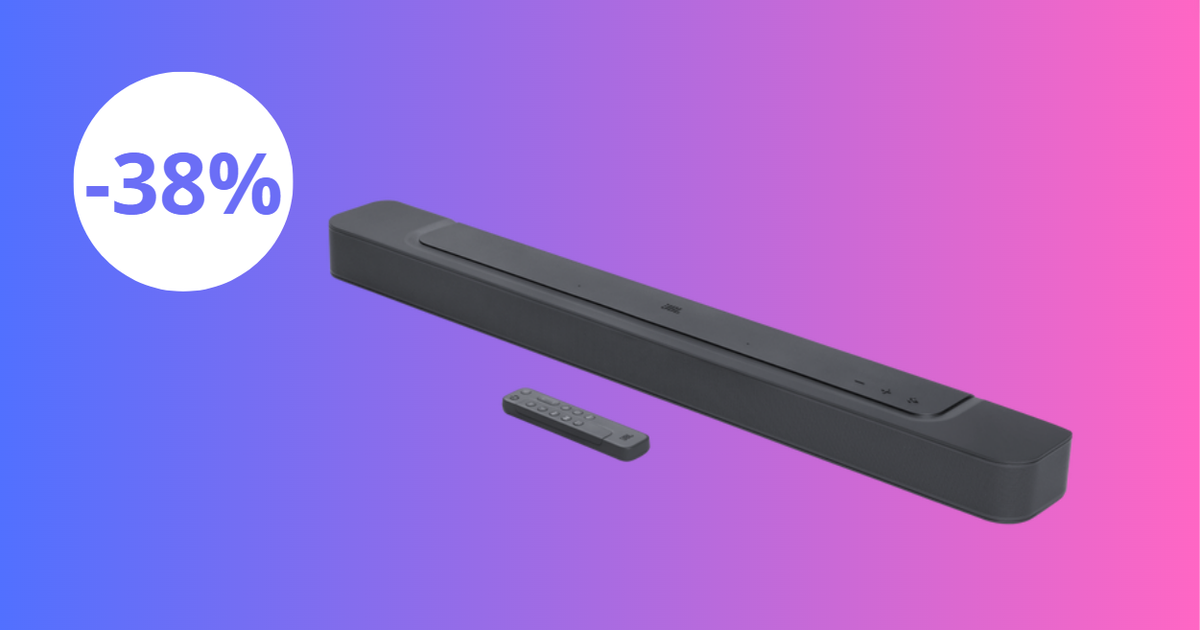If the baguette and croissants contribute to the gastronomic influence of France, there is a flip side.
And this one might just be hiding under the golden crust.
In its March issue, on newsstands since February 23, the magazine
60 million consumers
looked at the composition of the two flagship products offered by bakery chains, as well as those offered by supermarkets and terminals. of cooking, also called "hot spots".
Research for pesticides, mycotoxins, analysis of nutritional quality... In total, 13 baguettes and 13 croissants were combed through by our colleagues and their results are quite mixed.
In video, to have a healthy brain, here is the diet to follow
Too much salt in the bread
The majority of baguettes studied still have a salt content that is still too high.
The cuddly Mie comes last with an intake of nearly 0.9 g per 50 g serving, or “one fifth of our daily intake”, notes
60 million consumers
.
As a reminder, the World Health Organization recommends a maximum daily intake of 5 g of salt.
Read alsoHow to recognize an artisanal baguette from an industrial one?
Do not count on a qualitative fiber intake with these products either.
"They are made with refined flour, and, in fact, almost free of wheat bark, where the fibers are", specify our colleagues.
The problem with this?
Without these fibers, we offer a royal road to carbohydrates, which can pass more quickly into the blood, “which is not favorable for health”, underlines the magazine.
The only positive point noted is the lack of added fat and sugar in the baguette recipe, whether white or traditional.
Read alsoEverything you (perhaps) don't know about fiber
The croissant, “calorie bomb”
Regarding the croissant, nutritionally speaking, its butter version contains an average of 12.5 g of fat for a 55 g product, largely in the form of saturated fatty acids, known to be harmful to the arteries, we recalls
60 million consumers
.
On the fiber side, all croissants are devoid of it.
Our colleagues also note the presence of sugars in significant quantities.
Enough to make it a real “calorie bomb” for the body, summarize our colleagues.
Among the bad students of the test bench, our colleagues pin the pure butter croissant System U and that of E. Leclerc.
Cleanliness that also leaves something to be desired
The analysis also shows that half of the croissants contain between one and three pesticide residues, originally used for growing wheat.
Two insecticides were detected in particular, pyrimimophos-methyl and cypermethrin, whose action is considered "toxic, at least in spraying, on humans and cats", indicates 60 million
consumers
.
“These are authorized molecules found in small quantities.
But they accumulate with the pesticide residues often present in many other foods, ”deplore our colleagues.
It is also for this reason that the croissants Marie Blachère, Casino and Banette appear at the bottom of the ranking of this test bench.
In terms of cleanliness, there are also questions since mycotoxins, toxic substances secreted by molds, are found in "doses well below the maximum threshold" in five croissants (Carrefour, E.Leclerc, Banette, Auchan and The Golden Brioche).
These contaminants can "lead to allergic reactions and vomiting", warns
60 million consumers
.
The baguettes analyzed also contain it, but in very small quantities.
Furthermore, among all the references evaluated, the bread from Intermarché and the Monoprix croissant stand out in the ranking due to the absence of potentially toxic substances in their composition.










